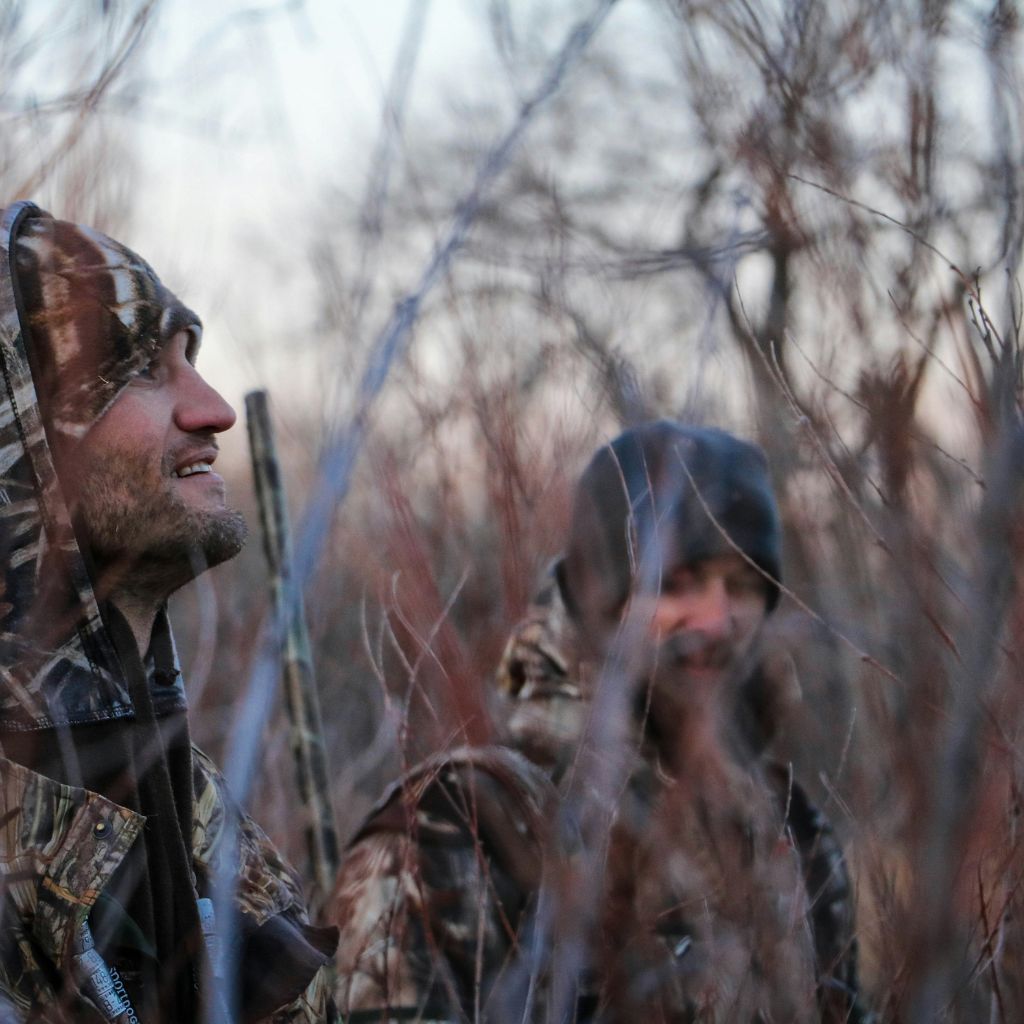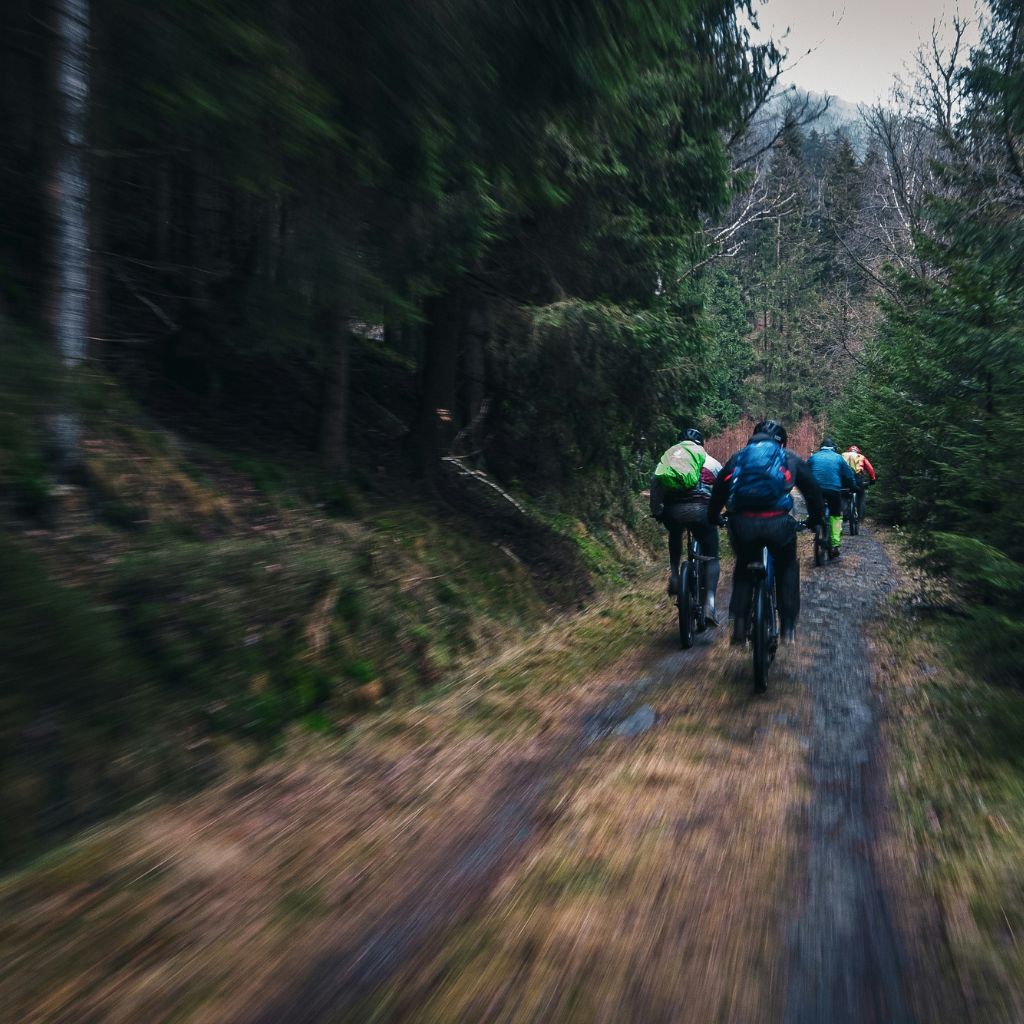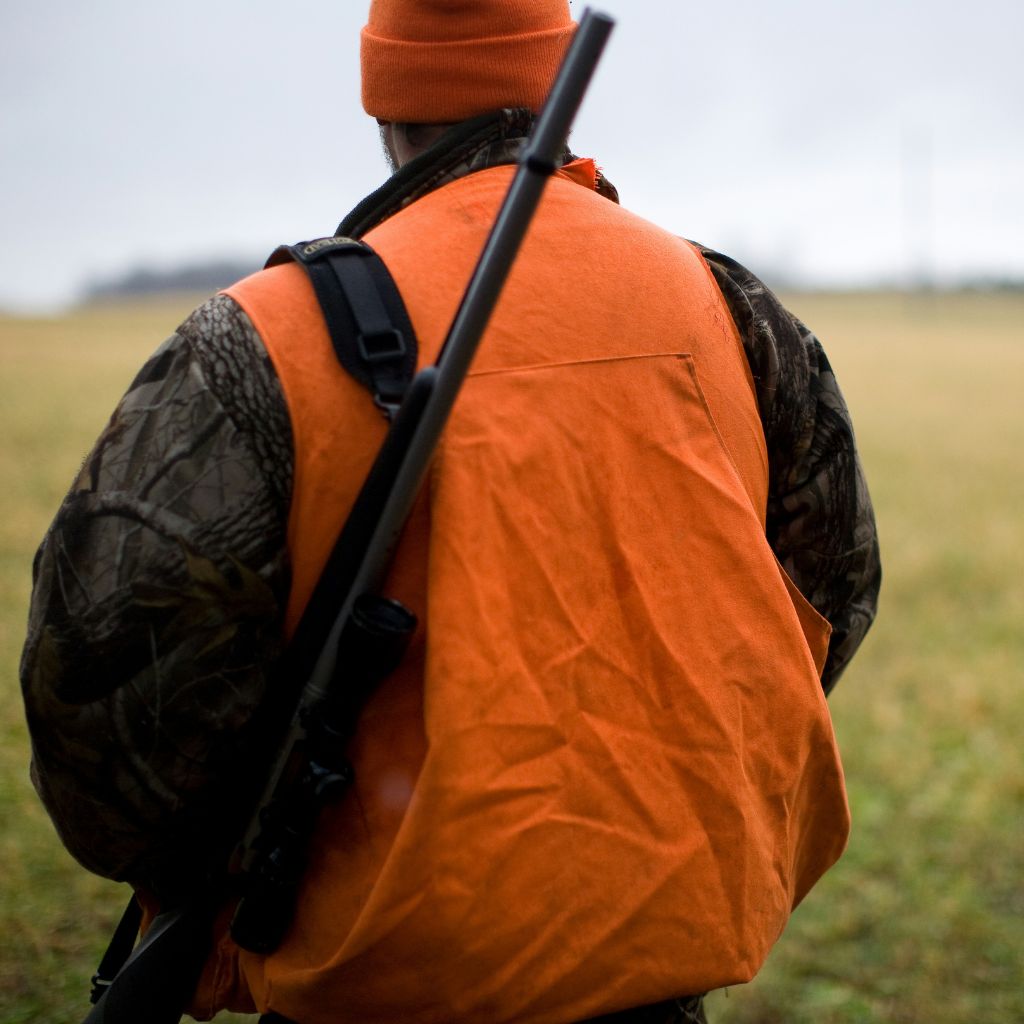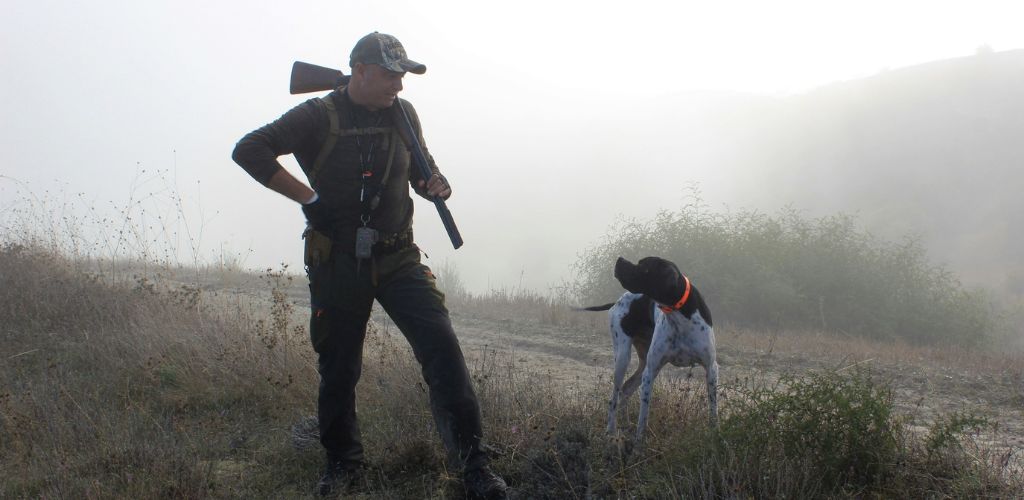Mountain biking during hunting season is a scenario where the interests of two groups of outdoor enthusiasts can clash somewhat – but with a little thoughtful care and attention can usually coexist without too much drama unfolding!
As a mountain biker, you must be aware that during certain times of year – autumn being one example, the woods and trails are shared spaces with hunters engaging in their sport. This period demands heightened awareness and strategies to keep yourself safe!

Familiarize Yourself with Local Hunting Seasons
Knowledge of local hunting seasons is vital.
These seasons vary depending on your region and the specific game. For instance, deer hunting season is a common overlap and includes different methods like bow and firearm hunting.
This knowledge is accessible through local wildlife agencies or resources.
Being informed about these dates allows you to strategically plan your biking adventures, either by choosing non-hunting days or locations where hunting is prohibited.

Be Proactive in Safety and Visibility
Safety is paramount during hunting season.
Essentially, you’re wanting to stand out as very obviously not being an animal when glimpsed moving through the woods.
Here are comprehensive measures to enhance your visibility and awareness:
- High-Visibility Clothing: Wearing bright colors, especially blaze orange, is critical. This extends to helmets, bike frame tapes, and backpacks. The goal is to contrast sharply with the natural environment.
- Audible Signals: Utilize bells or your voice to indicate your presence. This helps distinguish you from wildlife.
- Daytime Lighting: Use blinking lights even during daylight for added visibility.
- Trail Adherence: Stick to designated biking trails to minimize risks.
- Inform Your Circle: Always inform someone about your ride details – route and expected return time.
Trail Etiquette and Communication with Hunters
Coexistence with hunters requires etiquette and communication:
- Respect Hunting Signs: Avoid areas marked for hunting. If trails intersect with hunting zones, consider rerouting or choosing a different day for your ride.
- Engage with Hunters: Friendly interactions can inform you about their planned activities, allowing you to adjust your route accordingly.
- Time Your Rides: Riding during midday, when visibility is highest and hunting activity is lower, is advisable. Avoid dawn and dusk.
- Balanced Noise Levels: While being audible is necessary, overly loud sounds can disrupt hunters and wildlife.
Adapting Your Riding Habits
Adapting your riding habits can enhance your experience during hunting season:
- Explore Alternative Areas: Discover trails in non-hunting zones. Urban parks and certain conservation areas are often safe havens during this period.
- Participate in Group Rides: Group rides, often organized by local biking clubs, offer safety in numbers and shared knowledge about safe trails.
- Off-Peak Adventures: If possible, ride during weekdays when hunting activities are typically reduced.
- Maintenance and Training: Utilize this time for bike maintenance or indoor training. It’s an excellent opportunity to enhance your biking skills or fitness.

Additional Considerations for Riding During Hunting Season
Riding during hunting season also requires a deeper understanding of the hunter’s perspective and additional safety measures:
Understanding Hunter Behavior and Patterns
Comprehending hunter behavior and patterns can significantly enhance your safety.
For example, hunters often prefer early mornings and late evenings, coinciding with wildlife activity.
They may also be more active during specific periods of the season, like the opening and closing weeks. Awareness of these patterns can guide you in choosing the safest times to hit the trails.
Enhanced Visibility Strategies
Beyond wearing bright colors, consider adding reflective materials to your gear.
Reflective tapes on your helmet, bike frame, and backpack can catch light, making you visible even in low-light conditions.
Also, consider attaching a high-visibility flag to your bike, providing an additional element that differentiates you from wildlife.
Communication Devices
Carrying a communication device, such as a cell phone or a two-way radio, is advisable.
In remote areas, where cell service might be spotty, a two-way radio can be a lifeline. Share your channel with your group and, if possible, with any hunters you encounter.
First Aid and Emergency Preparedness
Always carry a basic first aid kit and know how to use it. Understand the basics of treating common injuries that could occur on the trail.
Additionally, familiarize yourself with emergency procedures specific to the area you’re riding in, including contact information for local authorities or park rangers.
Respect for Nature and Wildlife
Mountain biking during hunting season also calls for heightened respect for wildlife.
This time of year can be stressful for animals, with both hunters and bikers in their habitat.
Minimize your impact by staying on trails, avoiding areas where you might disturb animals, and keeping noise to a necessary level.
Legal and Ethical Considerations
Be aware of the legal aspects of biking during hunting season.
Some regions may have specific regulations or restrictions for non-hunting activities in certain areas during this time.
It’s important to respect the rights of hunters. Just as you expect understanding and respect for your biking activities, offer the same courtesy to those hunting.
Building a Community of Respect
Fostering a community of respect between bikers and hunters can lead to a safer and more enjoyable environment for everyone.
Participate in or initiate community meetings that include both bikers and hunters. Understanding each other’s perspectives and sharing information about schedules, routes, and safety practices can build a foundation of mutual respect and safety.

The bottom line…
Mountain biking during hunting season requires careful planning, enhanced safety measures, and a respectful approach to sharing outdoor spaces.
By being informed, visible, and considerate, you can safely enjoy your biking while respecting the hunting community.
This period offers an opportunity to explore new trails, join group rides, or focus on bike maintenance and training.
Remember, the key to a harmonious coexistence lies in mutual respect and understanding between all who share a love for the great outdoors.
Stay safe, visible, and enjoy the ride! See you on the trail 🙂

